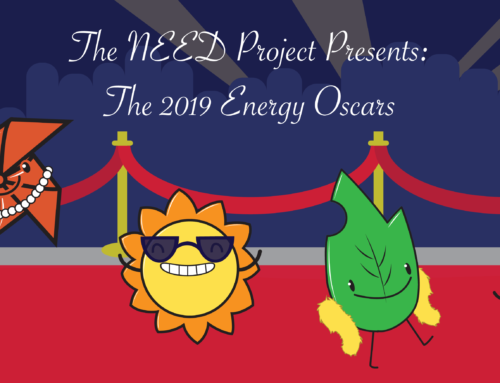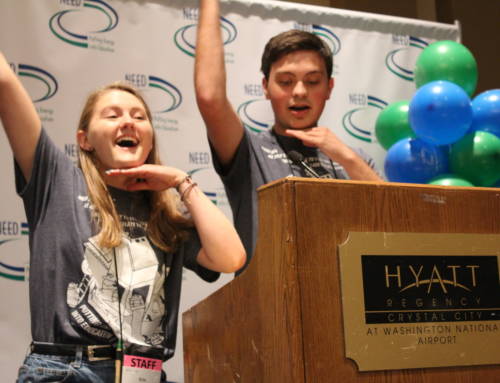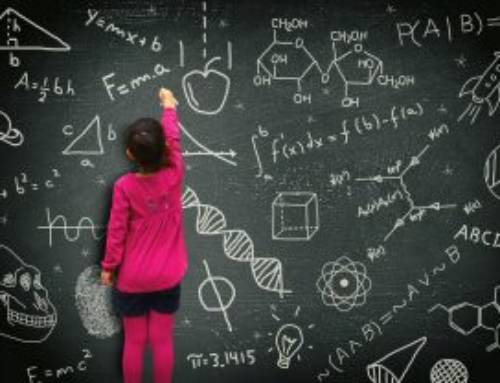Started in 2007, the National Heart Association recognizes the first Wednesday of April as National Walking Day to promote healthy living. NEED wants to share with you an expanded take on this with how transportation affects the environment. Our hands-on activities introduce students to the ways we get from “Point A to Point B”, how we move the things we depend on, and our carbon footprint.
America is a country on the move! About 28 percent of the energy we use each day is attributed just to transportation—moving people and goods to where they need to be. Every single vehicle or device that moves people, goods, and even energy products consumes energy. The number one fuel used by the transportation industry is petroleum. Petroleum, or crude oil, is refined into many products, most notably gasoline, diesel fuel, and aviation fuel (avgas). These fuels move our personal, light duty vehicles, they move heavy duty trucks, buses, and trailers, and they move ships, planes, and trains. In fact, over 90 percent of the fuels used for transportation are petroleum-based fuels. These fuels are nonrenewable and often release emissions like carbon dioxide.
Check out the following NEED activities that are a great visualization for students to see the impact of transportation in their daily lives:
- Pretzel Power: Students will use pretzels as their fuel to learn more about MPG ratings and compare the differences in efficiency of various vehicles. Students will be able to define “miles per gallon” and explain why this rating is important. TIP: substitute pretzels for breakfast cereal if using the activity in an early morning class. Free PDF of the activity is found in NEED’s Transportation Trio guide, pages 15-18. Download here.
- Carbon Footprint: This activity allows students to visualize the carbon (charcoal briquettes) involved in their day-to-day travels and activities and define this as their carbon footprint. Students will quantify and describe their own individual carbon footprints. Found on pages 17, 18, & 62 in NEED’s Understanding Climate guide, free PDF download here.
- See, Run, Do: This is a wonderful icebreaker and team building activity that tests students’ communication skills and creativity. It’s also a great activity to use an introduction to a topic or unit. You’ll construct a scene or collage based on the topic. Breaking into groups, one person is the “see-er”, one is a “runner” and the others in the group are the “do-ers”. Each group works together to try and re-create the collage or scene that is hidden. The only person who can see the collage is the “see-er”, who relays details at a boundary line to the “runner” who then relays to the “do-ers”. Located in NEED’s Energy Games and Icebreakers guide, page 60 – free download here.
- Energy Expo: Students break into groups, read background information on a topic, create an exhibit, and make a presentation to teach others about their topic. Transportation Fuels Expo, available on page 31 here.

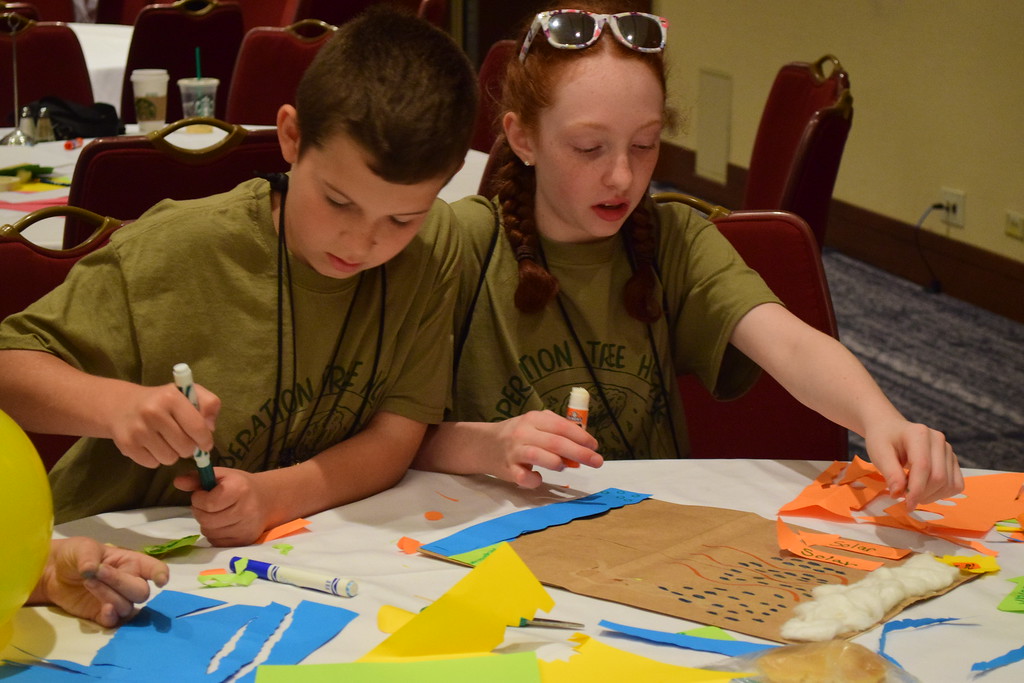
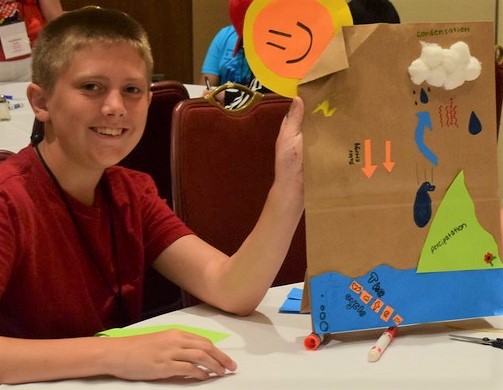
Above photos of students participating in Pretzel Power and See, Run, Do activities

